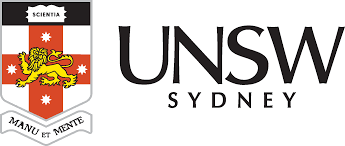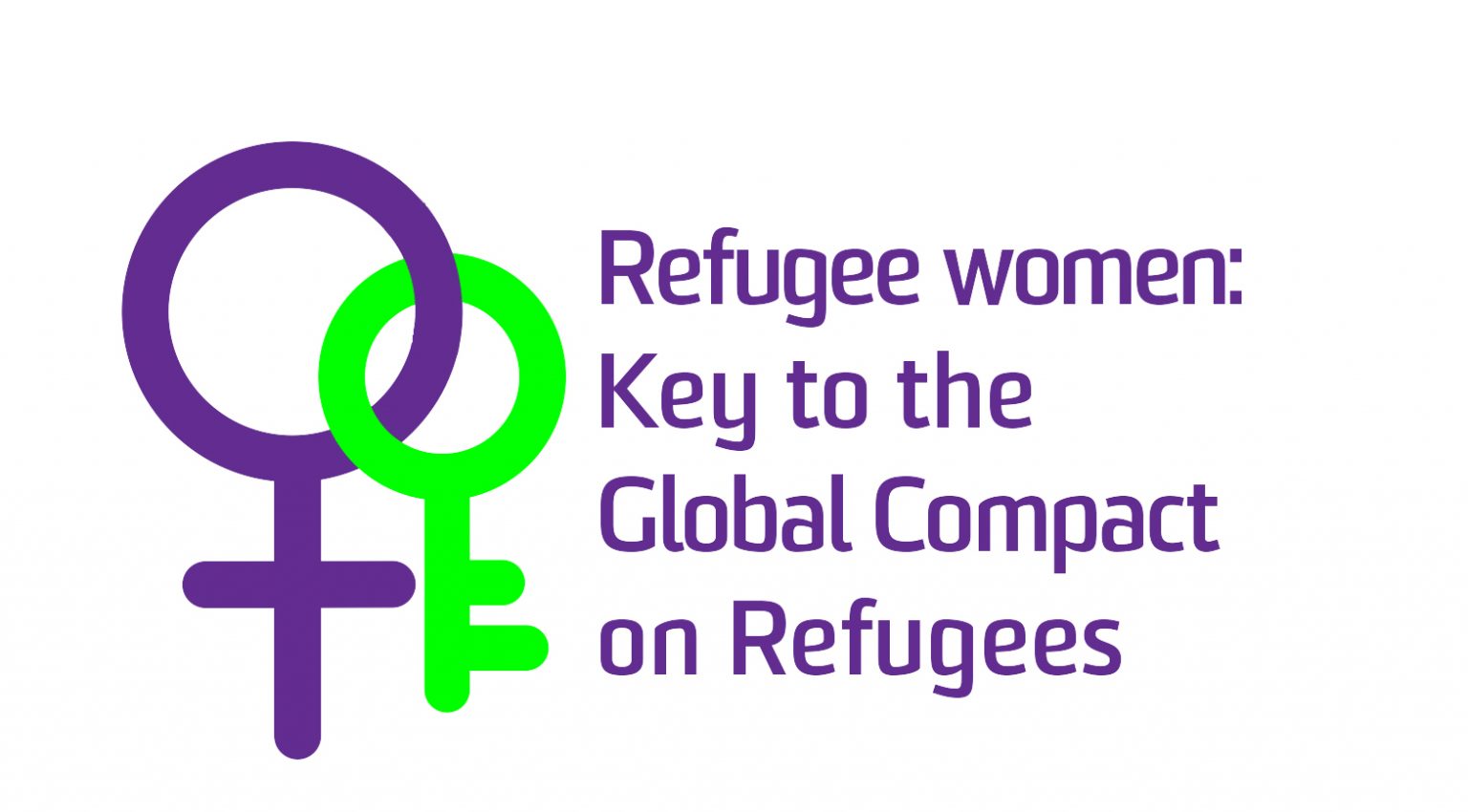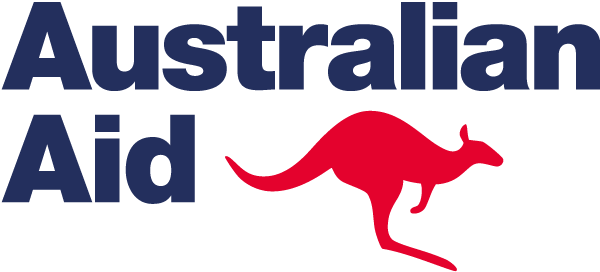Jump to section:

A. Training Notes
The Module is also closely linked to Module 10 The Power of Privilege, in particular the sections on the privilege of being born male. While many needs are common, women and men, girls and boys and non-binary individuals have specific challenges, and they all should to be addressed. That is the goal of gender equality.
Aims
This module addresses how to effectively include men in two important areas. The first is to ensure their specific needs are identified and met. The second is to gain their support in tackling gender inequality.
Suggested Timing for the Module
Timings are suggested in each of the tools. They each can be completed in a half-day, but to achieve maximum benefit they will take a full day.
Including Refugee Men – A useful definition
Gender equality is not only a fundamental human right, but the necessary foundation to achieve a peaceful, thriving and sustainable world. Fighting together for equality and justice is the only way to build an equal society.
https://plan-international.org/campaigns/what-is-a-mans-role-in-gender-equality-activism
Men and boys also have specific challenges, and these also must be addressed.
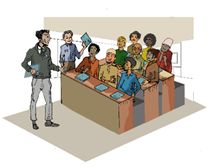
B. PowerPoint Slides
This Power Point presentation will take the group through the rationale for the module, and introduce the Tools and Exercises for working with refugee men, both to identify their specific needs, and to encourage them to support gender equality. Do as many of the exercises as can be accommodated in the time available, preferably using real life examples. Please familiarise yourself with the background readings before presenting the slides.
C. Tools to encourage the inclusion of refugee men in the fight for gender equality, and to identify the specific needs faced by refugee and displaced men and boys
Two exercises to explore men’s needs and experiences.
Please note that all the exercises which can be used when working with women and girls are equally applicable when working with men, including when examining SGBV.

Men’s Matrix Exercise
To understand the experience of men in refugee sites, use the men’s matrix, which can be found on the https://agd-matrix-tool.com/story-of-tool/
Men’s Storyboarding Exercise
In order to harness the lived experience of diverse groups of refugee men Storyboards can be used. This exercise allows for engagement of refugees who cannot read and write but whose life experience can provide a huge body of knowledge to inform service provision.
Two exercises exploring how men can assist in the fight for gender equality, gender roles and cultures
This exercise explores how gender roles change over time. This happens in nearly all cultures. Sometimes the authoritarian regimes from which refugees have fled try to reverse these changes, but this causes even more resistance.
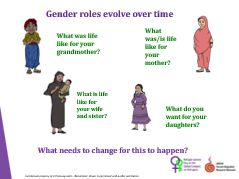
Gender Roles and Cultures
Using Storyboards to identify how refugee men might be able to assist in the fight for gender equality.
Exercises which can be used when working with community groups and service provider networks, to gain their insights
The same exercises are equally important to use with all stakeholders, and the most value is gained when the results from each group involved are brought together to inform program design, implementation and evaluations.
Once this information is analysed, and collated, a rich source of evidence and potential solutions based on a broad spectrum of lived experience will have been collected. This will be invaluable to inform program design and strategic planning.
D. Background Reading on Working with Men as Partners in Gender Equality
Please read these notes before running this training module. They provide information which informs the PowerPoint slides, and might help you answer questions from Participants.
They can also be given as Handouts.
